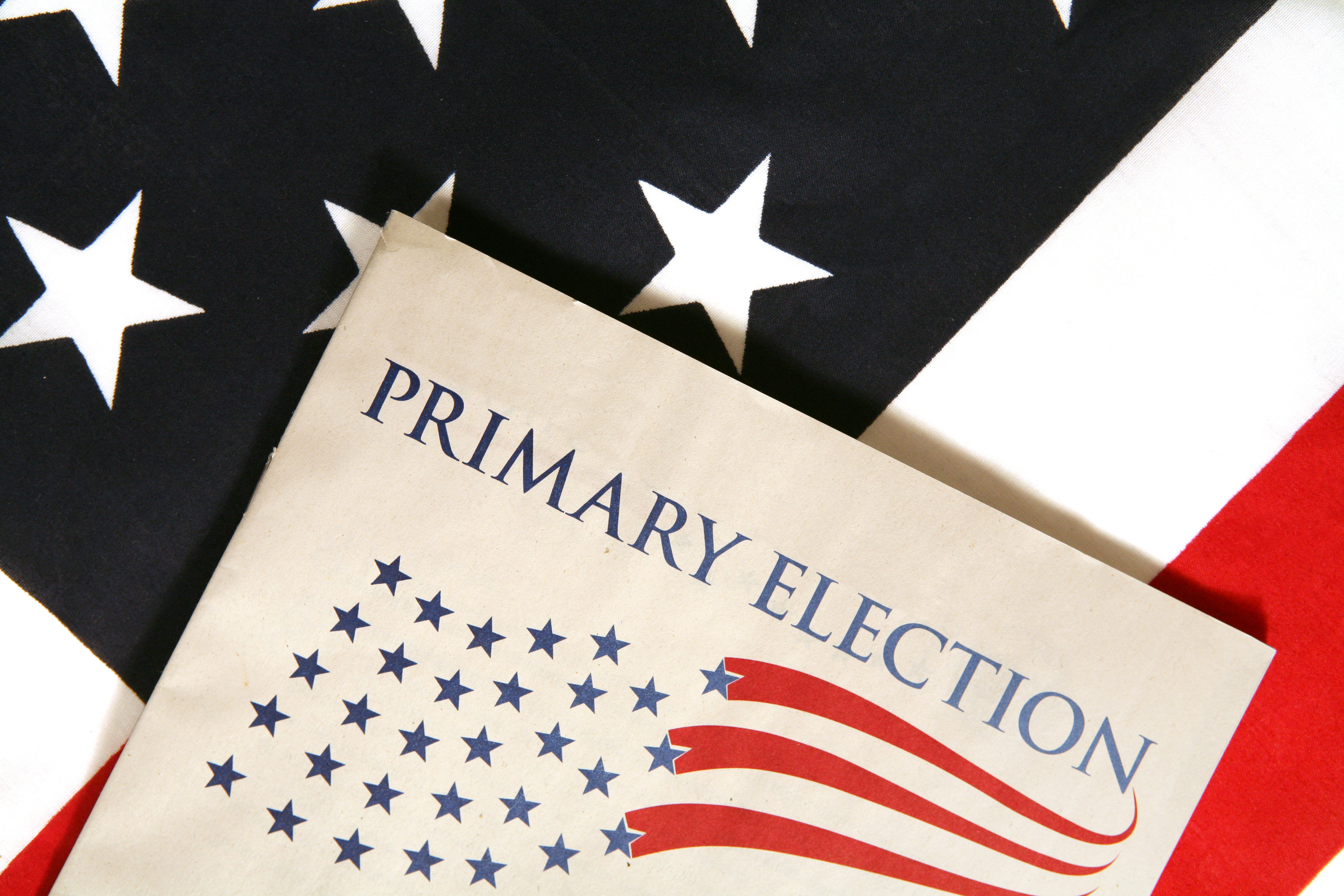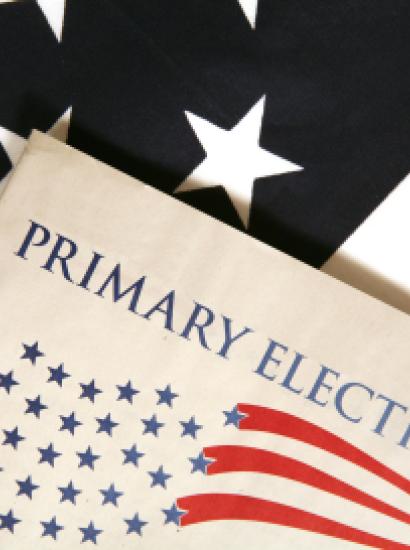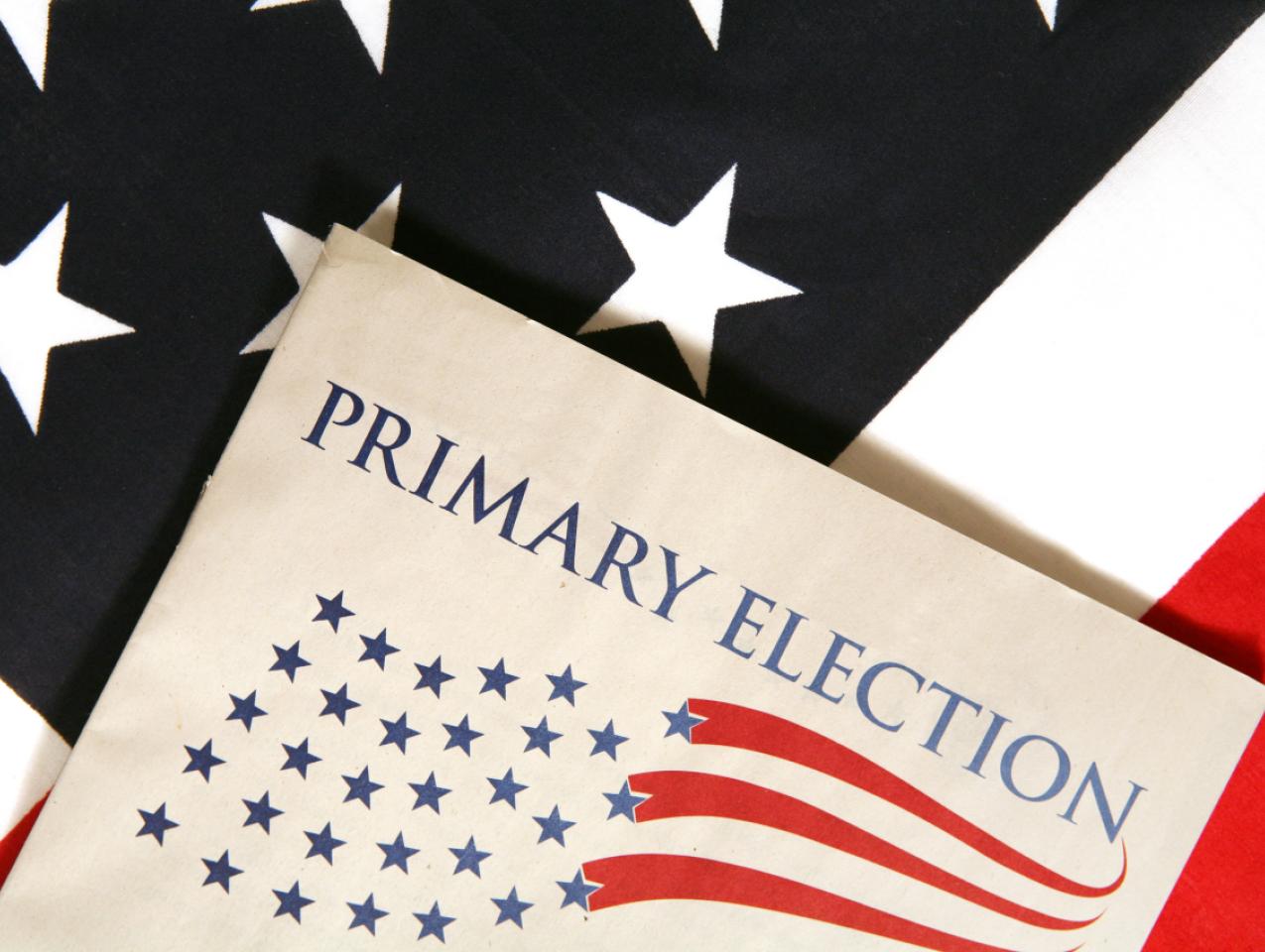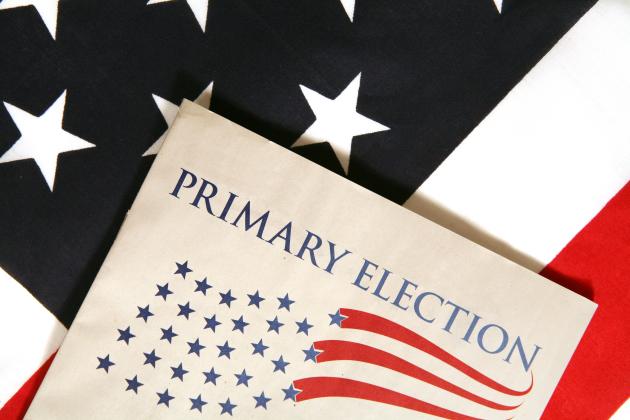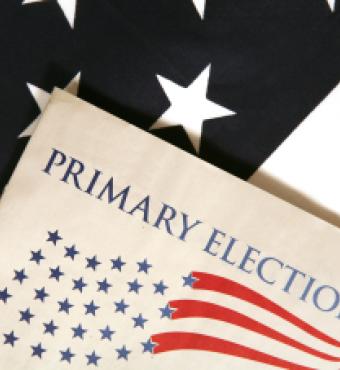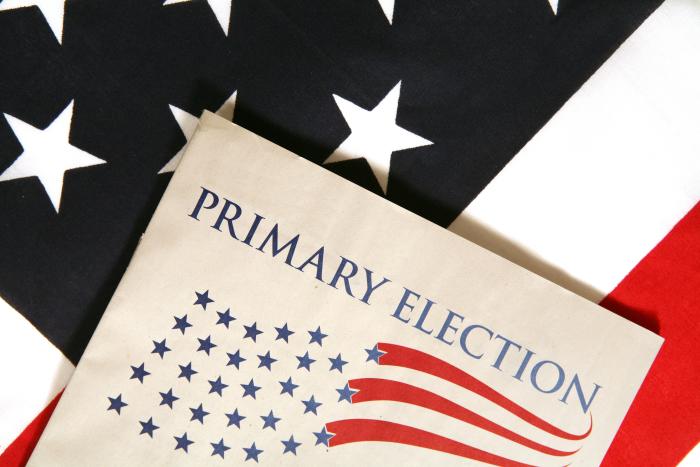- Politics, Institutions, and Public Opinion
- Campaigns & Elections
- State & Local
In California’s June primary, a total of 3.9 million votes were cast for the 80 State Assembly races, representing a 22.3% turnout. Overall, Democrats won 54.5% of the primary vote, which is a good starting point for Democrats since, in 2012, the Democrat’s share of the Assembly vote increased from 52% to 58% between the primary and general elections. To prevent a sustained Democratic super-majority in the Assembly, Republicans need to net 2 seats. And looking at the June results, they have options.
Incumbents in Trouble
*Note: All of these Democratic incumbents came in 2nd in June’s top-two primary to a Republican challenger. These three, plus Assemblyman Ian Calderon in AD 57, were the only California incumbents not to place 1st in the primary.*
AD 36: Incumbent Steve Fox won in 2012 by only 145 votes because Republican Ron Smith decided not to campaign after winning (barely) the primary. While the total 2014 Republican primary vote share was slightly under its total 2012 share (63% vs. 67%), Fox not only underperformed the top vote-getter, Republican Palmdale Councilmember Tom Lackey, 33% to 41%, but even if Fox had won all of the Democratic votes, he still would have trailed Lackey by almost 4 points.
AD 65: In 2012, Democrat Sharon Quirk-Silva won this Orange County district by 4 points at the same time President Obama was besting Mitt Romney by 6 points; however, in 2010, Meg Whitman beat Jerry Brown by 8 points in this district. And in the June primary, Quirk-Silva didn’t just come in 2nd; she trailed Republican former Congressional staffer Young Kim by almost 10 points (54.7% to 45.3%).
AD 66: Compared to the other three incumbents who failed to come out on top, Al Muratsuchi’s 1 point loss (49.5% to 50.5%) doesn’t look that bad. But AD 66’s boundaries are within SD 26 and CA 33. Both of these districts had very competitive, high profile primaries dominated by the Democratic/left-leaning candidates. This could mean that the June primary voter composition could have looked more general election-like than a normal primary, which could be good news for Republican businessman David Hadley.
Open Seats Ripe for the Picking
AD 16: This East Bay tri-valley district is actually a historically moderate, Republican seat and Republican attorney/top vote-getter, Catharine Baker, fits that socially moderate/fiscally conservative mold. The primary battle focused more on the two Democrats, pro-union Dublin Mayor Tim Sbranti (who came in second) and anti-union Steve Glazier, who made the recent BART strike the central issue of his campaign. In this San Francisco “bedroom-community” dependent on BART, Sbranti’s unabashedly pro-union stance could benefit Baker as Glazier supporters look for a new candidate.
Competitive Seats Republican Have to Hold
AD 40: Mike Morrell, who vacated this seat to run and win a special State Senate election, only won by 1 point in 2012. As a PVI D+2 district that Jerry Brown actually carried in 2010, this seat will be heavily targeted by Democrats to buffer any possible loses elsewhere. Republican Rancho Cucamonga Councilmember Marc Steinorth, however, looks to be a strong candidate easily winning a clear majority of the primary vote (54%) against three Democratic candidates, but this race will come down to who turns out in November.
AD 44: With incumbent Jeff Gorell running for Congress against Congresswoman Julia Brownley, this moderate, swing Ventura County seat is another must-win for Republicans. Two Republicans won 55% of the June primary vote against one Democrat, Thousand Oaks Councilmember Jacqui Irwin, but the Republican making it to November, Pastor Rob McCoy, might prove too controversial for some, helping to bolster the moderate Democrat’s chances.
Races to Watch
While it’s unlikely these races will truly be in play, circumstances could make them competitive.
AD 32: Democrat Rudy Salas barely won this district in 2012 (53% to 47%) against Republican Pedro Rios, underperforming Obama by 8 points and Brown’s 2010 margin by 3 points. Rios is back for a second try and Salas only managed to win 44% against two Republican challengers in the June primary.
AD 45: Democrat Matt Dababneh only won this PVI D+13 seat in a 2013 special election by 1.2 points against Republican Susan Shelley. And while, Dababneh beat Shelley by 9 points in the June primary, Shelley has shown an ability to vastly over-perform Republican registration in this solidly Democratic seat.
AD 48: With a majority of voters supporting two anti-Sacramento candidates in the June primary, it would appear two-term Democrat Roger Hernandez’s alleged substance abuse issues could make this D+14 district closer than expected.
AD 57: Like the incumbents in AD 36, AD 65, and AD 66, freshman Assemblyman Ian Calderon came in second against Republican Rita Topalian despite this being a D+13 district. Calderon’s troubles likely stem from his uncle, suspended State Senator Ron Calderon, who is under federal indictment for corruption charges. Guilt by association could be enough to seriously hamper his nephew’s chances (Charles Calderon, Ian’s father and Ron’s brother, lost a Los Angeles County Superior Court judge election in June by over 30 points despite having more resources and his opponent being described as “scatter-brained”.)
At this point, one could make a plausible case that Republicans lose AD 44, but pick-up AD 36 and AD 65. If so, then Republicans need AD 66 or AD 16 (or one of the “races to watch” districts) to hold off a Democratic super-majority in the Assembly.
The tough part: the general election electorate will be more Democratic-leaning; it’s just a matter of whether the shift is as large as it was in 2012.
Hoover Institution research fellow Carson Bruno studies California's political and policy landscape.
Follow him on Twitter: @CarsonJFBruno







